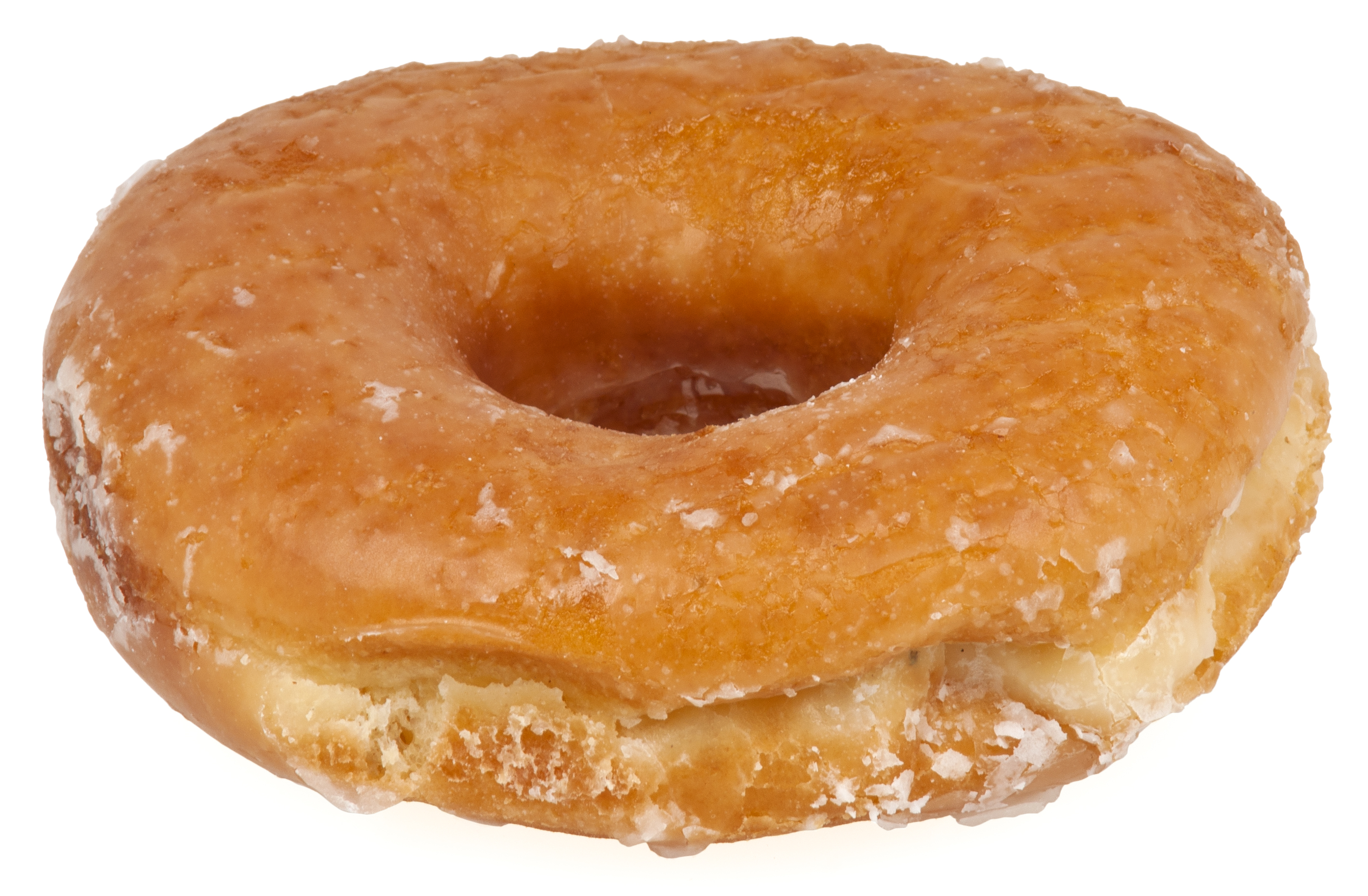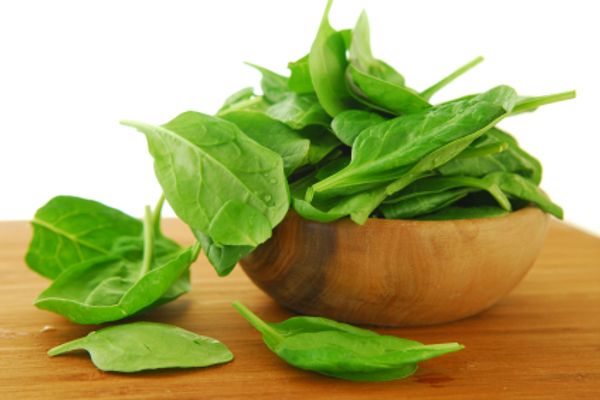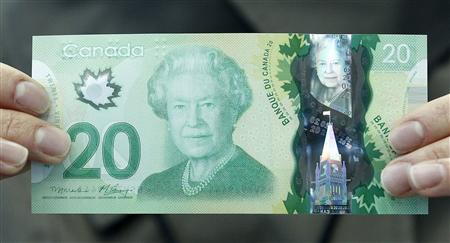Saturday, July 26, 2014
Calories as currency: how to get the best food value per calorie spent
Follow @mcphoo
Tweet
What are our calories buying us when we eat food? We know all foods are measured in terms of their fuel value - how much energy it takes to burn them. But how much food value is that calorie giving us? 1 calorie of donut, vs one calorie of spinach, say. Are we getting high or low value for that calorie cost?
With our calories, we need to buy things like phytochemicals, fiber, fat, vitamins, minerals, enzymes, amino acids, starches, fatty acids - in other words - food.
Tweet
Follow @begin2dig
 |
| If calories were dollars - a true green back? - how much nutrient value would i want from each calorie dollar spent? |
What do we need from our calories? The stuff to build bones, hormones, hair, sex drive, joy, cognitive performance.
To be explicit - we are encouraged to eat lots of different foods because we need the stuff that's in those substances to keep all the bits of us going.
We're complex systems, growing, changing, responding all the time. The donut gives us high fuel but low nutrients back for the calorie cost we pay. That's lousy. We can get better value for that calorie cost by diversifying our food portfolio.
 |
| Que es mas macho: donut or spinach? |
So why, if we need this complex mix of stuff do we focus so much on calories, which tells us nothing about the stuff that we need to survive and thrive? Simple! We have poor models! We have been trained over the past 40 years - perhaps as whole food has become increasingly replaced by processed food - to think about our fat, to think that calories mean fat. WE all know the equation:we have to reduce calories to have caloric deficit to burn off fat.
But that equation is increasingly being seen to be incomplete.
 |
| ok, what has greater nutrient value per calorie spent? |
First, many folks are also showing, that equation isn't always so straight forward: how well we burn fat depends often on our food choices, not just calories. Second, calories don't mean fat: they are just a measure of energy applied to food that has a whole lot to do with how we chemically process carbon in order to keep going. We are carbon based, for sure, but we need more than carbon to thrive. Do you want to thrive? then consider this next question:
What are our calories buying us in terms of the rest of the stuff we need from food to thrive? What happens if we start to think about calories as currency? And we use that currency to buy nutrient density. And as in any shopping practice, we look for the best values for what we can buy
Ok, so how do we make that value purchase? We can check out Nutrient Density to Calorie cost ratio.
The idea of nutrient density has been around for awhile. I first heard Ryan Andrews of Drop the Fat Act and Precision Nutrition talk about nutrient density as the ratio of nutrients to calories, and many others have described this since. So spinach has a higher nutrient density per calorie than a donut. This equation simply means that there is more of all the stuff we need in a day from spinach per calorie burned than there is in a donut.
What if we think more deliberately about this ratio:
Like any budget, we only have so much currency to spend in a day before we start going into debt. (ironically in food eating we only have so much currency before we go into surplus - most of us don't want the surplus).
So our question becomes: how do we spend our calorie budget to get the best value for ourselves in a day?
 |
| what's your food to fuel value? |
With our calories, we need to buy things like phytochemicals, fiber, fat, vitamins, minerals, enzymes, amino acids, starches, fatty acids - in other words - food.
The easiest way to focus on nutrient density (nutrient bang for caloric buck) is to focus on whole food. Eat your veggies whole; get lots of colours on the plate, away we go. Get great protein from veggies and legumes; from sustainable fish; from meat - all the beast including offal like liver - and broth from bones.
Food, we agree, is more than fuel. Food is a gestalt: more than the sum of its parts
It’s also more than the sum of its nutrients, since most foods contain not only macro and micro nutrients but all the other bits and pieces that enable these components to be absorbed and used. Just as a reminder the foods we eat food to replenish everything from fuel to tissue to hormones.
FOOD and workouts That means how smart we are in the gym about what we’re doing in a given work out, how well we can balance, how best we handle fatigue, how hard we can push ourselves, how well we recover is all founded around the quality of how well we replenish not just fuel but nutrients - which include macro, micro, phyto nutrients and the, vits and mins - we need to function as neuro-chemical, physio-psycho-social systems.
How do we figure out Nutrient Value to Calorie Cost? WE can get really intrigued about this, but let’s ball park it:
- green leafy veggies are high in nutrients/low in calories - that's an awesome ratio
- black beans are fantastic veggie protein, high in nutrients, good in feeling full (satiety)
If we want to check whether a particular food has a good N-C value, take a look at the Nutrition Data site - not perfect but a good guide for nutrient to calorie ratio.
Lets check the black bean example
In that first square graph, we see that black beans are nutritious and filling. In the second square graph We see they're mainly a source of carbs - as veggies and legumes are - but also well up in protein - with complete essential amino acids (just like meat). Also, good range of nutrients - Add in some spinach or broccoli and you're in a happy place.
We can do this all day long. Look at liver.
Liver is really good in its nutrient density to calories: 200g (about 6oz) is 350Kcal with an excellent nutrient profile - double that of turkey in terms of minerals and vitamins, even though both are excellent protein sources; turkey scores higher on being just about all protein - if that’s important. So with turkey’s nutrient profile, we’d have to add in dark veggies to get the equivalent nutrients and end up with about the same calories on the plate. Cool eh? (here's a previous story just about liver)
Some whole foods that start to push the N-value to C-cost balance
Nuts are nutritious but we pay a high calorie cost for the nutrients we get in return. This cost doesn't mean nuts are evil. Oh no - it means that we can use the price we pay in calories judiciously rather than thoughtlessly. The biggest calorie cost we pay is in fat - and if we know something about fat, we know that's a very sustaining fuel.
When would we need to have some high, long lasting fuel, in a small package that can be consumed quickly?
We may start to see why having only a few nuts for a big hit of fat and some protein may be useful for sustained energy when we want to travel light, and not focus on meals. But we can also see those few nuts may not keep us feeling satisfied if we're not well occupied - like running or doing manual labour. Or as a bedtime snack - 1tbsp of almond butter can be a great way to spend some calories for some fuel just before bed - to keep us happy when sleeping - esp when we're doing some leaning out.
When the Calorie Cost to Nutrient Value is worse than zero: Highly Processed foods
Where the scales really start to tip is around pasta, cookies, and some (not all) breads like croissant or basically, white/processed food. The nutrients are so low as to be just fuel. That can be ok and fun from time to time. But when the fuel quality is shite sources like corn syrup and hydrogenated fats (ingredients in a lot of fast food and frozen boxed foods) then the nutrient value we get from the calorie cost is dreadful.
In other words, we're paying for calories and JUST calories - and possibly, pending on ingredients in processed food, getting some really harmful stuff into our systems.
A comparison of nutrient value per calorie cost
Consider that 1 ounce of liver (28g) has half the calories of 1 croissant (also 28g) but also double the nutrient density, and complete essential amino acids profile. The nutrient value is 3 times higher (lets say) for the liver than the croissant.
Now, i will defend a parisian almond croissant to the death. TO THE DEATH - but i can also count on the boulangerie using great flour, real butter, not a ton of sugar, and true hand made home made goodness. And the number of times i get to Paris is so rare, i just don't care about the calorie cost. My bod can handle this once in awhile. And if it can't what a way to go.
BUT - a parisian croissant is a whole different story in ingredients than say that 50+ ingredient Krispy Kreme donut. In any processed/fast food, looking for hi fructose corn syrup, transfats, food additives - all things that are not great for either our livers or our brains. Dam, eh? It's these special non-whole-food extras that make a food label useful: what's NOT food that's in this thing? why is it there?
How does that ingredient list of weird extras effect the calorie cost i'm paying for the nutrients i need back? I have only so many calories to spend in a day. Can i afford it, as Suze Orman asks in things financial.
What's our Food to Fuel Value, our Nutrient to Calorie Cost?
Here's an interesting finding:
By looking for High Value foods, we can actually kinda forget about the calorie budget part.
If we optimise for High Value foods, it becomes harder to overdo the calories.
If we optimise for high nutrient value foods, calories take care of themselves.
If we optimise for high value foods, and we want to get lean, we just have to check portion sizes - an easy way to do that is get smaller plates: use a lunch plate instead of a dinner plate. Experiment.
Why think about calories at all, then? Two reasons: it's a ratio; it's a start
Many of us have a poor understanding of what food is and why we eat it beyond how it deals with hunger.
By looking at foods as giving us more than either satiety (fullness) or fuel (energy), we can start to explore how those food values (nutrients) relate to these other values (calories) and start making sense of all this data.
Also, Calories aren't evil - trying to solve dietary issues with calories alone is, well, at best, incomplete (i didn't say stupid; i said incomplete). So one way to think about calories is as currency: what do they buy us?
By learning about nutrient density - about how great whole foods are for providing nutrient density - we can then exercise better choice in what we "buy" with those calories.
Get the best value we can from the calories we have and we'll hit satiety, fuel and leanness. We'll also be able to understand how to buy in the right amounts of food for the kinds of activities we're engaged in. More when we need more (exercising, working with a lot of load/movement); less when we need less (having a lie-about weekend, watching football).
We don't need this equation to be happy; for folks who can just focus on whole foods, fantastic - but for folks who have tried the calorie world, and may want to have a better handle on how to make that focus work better - plugging in nutrient density to calories is way more meaningful/useful - i'd argue.
Just focussing on calories is likely to lead to being ripped off - just as just focusing on price of something rather than quality to price - is likely to lead to buying crap
Nutrient density means that food gestalt: not just protein or carbs or glycemic index but the WHOLE, whole food picture.
Food to fuel cost is just a way of evaluating getting the best value we can for our bodies (including our brains) from the food choices we make.
What do you think?
Ok TC Luoma, take it away.
Subscribe to:
Post Comments (Atom)



 COACHING with dr. m.c.
COACHING with dr. m.c. 


No comments:
Post a Comment